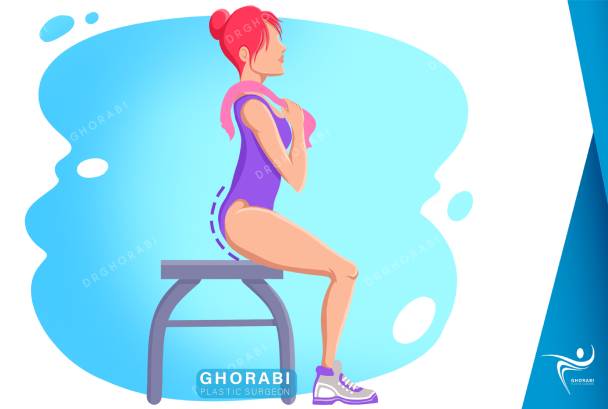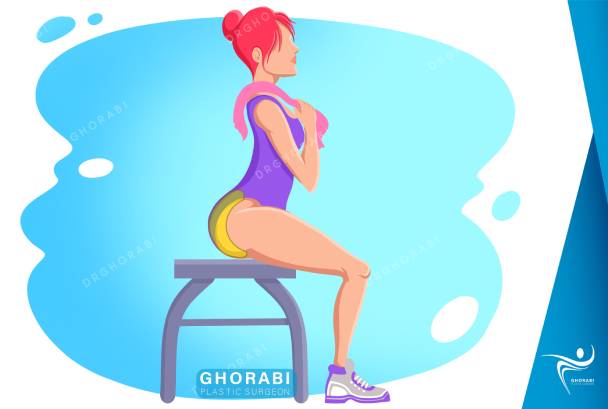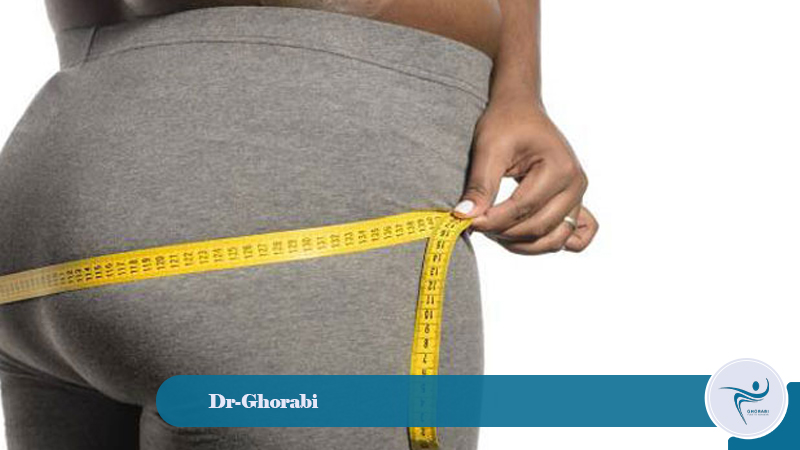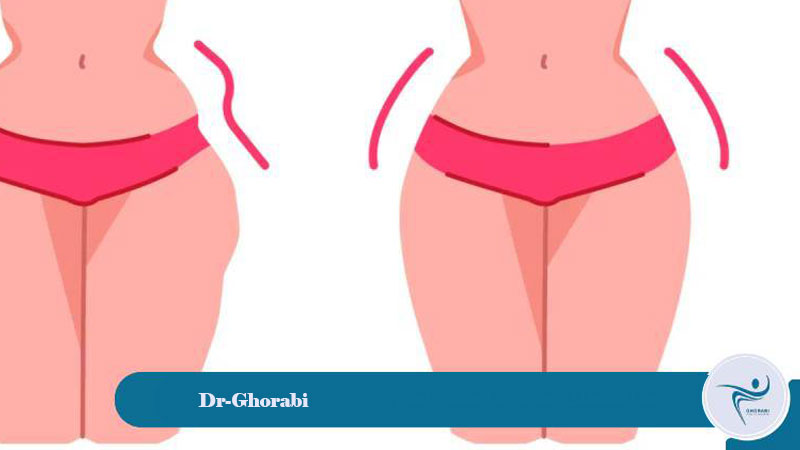Buttock transfer, or buttock fat injection, is a new and effective method of improving the shape and volume of the buttocks using the patient’s own body fat. In this method, fat is harvested from areas such as the abdomen, flanks, or thighs and, after refining, is injected into the buttocks.
The buttock fat transfer technique is suitable for people who are looking to increase the volume and improve the shape of their buttocks and have excess fat in other areas of the body. The results of this method are natural and long-lasting, and with proper post-operative care, an attractive and proportionate appearance can be achieved. Also, using the person’s own body fat reduces the risk of allergic reactions and brings more natural results.
The process of performing a buttock transfer
Fat transfer to the buttocks includes the following steps:
Using Lipomatic or VASER Lipo in this process allows for high-precision fat removal with minimal damage to tissues.
Buttock size after fat injection
To increase the size of the buttocks through fat transfer, the amount of fat that can be injected depends on the physical condition and the techniques used. Typically, between 500 and 750 milliliters of fat are injected into each side of the buttocks, but with the use of more advanced methods and consultation with a Tehran cosmetic doctor, more volume can be transferred safely and without side effects. For more detailed advice, it is best to contact an experienced professional.
Suitable candidate for buttock fat injection surgery
Individuals who have excess fat in areas such as the abdomen, flanks, or thighs, and whose buttock skin has good elasticity, can be suitable candidates for this procedure.
Regarding fat transfer to the buttocks, there is no specific age that can be considered ‘ideal’; rather, an individual’s suitability depends on several factors, including:
- Amount of harvestable fat: For fat transfer, it is essential to have sufficient fat in other areas of the body. In younger ages, there might not be enough fat reserves for harvesting.
- Tissue and skin quality: With increasing age, skin elasticity decreases, which can affect the final result.
- Overall health and medical history: Having good overall health and no chronic diseases are important considerations.
- Body weight stability: Frequent weight fluctuations can affect the results of the surgery. For this reason, individuals whose body weight is relatively stable are usually considered better candidates.
In general, many plastic surgeons consider people between the ages of 25 and 55 to be suitable candidates, but this range is only a general framework and each person should be evaluated individually. It is recommended to consult with Dr. Gholamhossein Ghorabi, a specialist in plastic and cosmetic surgery, to determine the appropriate time and review your individual circumstances.
Also, a body mass index (BMI) of over 25 is desirable for this procedure, indicating that there is enough fat to be harvested and injected. Patients who have immune system problems, uncontrolled diabetes, or high blood pressure, or who are taking medications that weaken the immune system, are not good candidates for buttock injection.
Buttock transfer durability
The longevity of fat injection for the buttocks depends on various factors and varies from person to person. Usually, a portion of the injected fat is absorbed by the body within the first few months; however, the remaining fat, which adapts to the body’s tissues and receives blood supply, has a longer duration. In many cases, the results of this method are semi-permanent and last for several years. To increase longevity, choosing a skilled surgeon, following post-operative recommendations, maintaining a healthy lifestyle, and avoiding drastic weight changes are very important. Additionally, the use of advanced fat harvesting and injection techniques and the quality of the extracted fat also significantly impact the durability of the results.
If you are looking to reduce excess fat in the abdomen, flanks, and back without transferring to a specific area of the body, Lipo 360 without transfer is a good alternative. This method helps improve body shape by removing excess fat. For more information and advice, contact our specialists.
Post-hip transfer care
After cosmetic buttock surgery, adhering to post-operative care is essential for recovery and achieving desired results. Keep the following recommendations in mind:
- Use of a compression garment
- Avoiding prolonged sitting
- Sleeping on your stomach or side
- Avoiding strenuous activities
- Taking prescribed medications
- Maintaining a healthy diet
- Drinking sufficient water
- Avoiding tobacco and alcohol
- Using a special pillow when sitting
- Visiting the doctor for examination
- Avoiding hot baths
- Wearing loose clothing
Following these tips will help you recover faster and achieve better results after buttock augmentation with injections.
Diet after buttock fat injection
After fat injection to the buttocks, following a suitable diet is important for improving and maintaining the results. Consumption of fresh fruits and vegetables, lean proteins like fish and chicken, unsaturated fats such as olive oil, whole grains, and simple carbohydrates is recommended. Drinking 8 to 10 glasses of water per day is also essential. Avoid consuming high-salt, fatty, and processed foods. These recommendations help with faster recovery and maintaining the results.
Hip transfer cost
The cost of fat injection to the buttocks depends on several factors:
- Surgeon’s experience and skill: Surgeons with higher experience and expertise usually charge more.
- Amount of fat needed: The greater the volume of fat required for injection, the higher the cost of the procedure.
- Location of the procedure: Costs vary in different clinics and hospitals and across different geographical regions.
- Type of anesthesia: The use of local anesthesia or general anesthesia affects the cost.Equipment and technology used: The use of advanced technologies such as VASER Lipo may increase the cost. To learn about this method, refer to the page “What is VASER Lipo“.
For detailed advice and evaluation, it is recommended to consult with a specialist plastic surgeon to determine the best method and cost for you based on your individual needs and circumstances.
Possible complications of fat injection into the buttocks
Fat injection into the buttocks, like other methods ofwhole-body cosmetic surgery, is associated with complications. Potential disadvantages of this method include:
- Infection at the fat injection or extraction site requires precise hygienic care.
- Temporary bruising and swelling in the buttock area after fat injection is normal.
- Sensitivity or allergic reaction to local anesthetics or general anesthesia may occur.
- Formation of blood clots in the veins requires immediate medical follow-up.
- Fat embolism, due to fat entering the bloodstream, is a serious complication.
- Necrosis or death of the injected fat tissue may occur in some cases.
- Scarring (stitch marks) at the fat extraction or injection sites is possible.
- Severe swelling accompanied by pain in the injection area requires care.
- Absorption of the injected fat by the body may necessitate re-injection.
- Formation of hematoma, or accumulation of blood under the skin, may occur after fat injection.
- Lack of symmetry in the shape of the buttocks due to uneven fat distribution may occur. Numbness or reduced sensation in the injection area due to nerve damage may occur.
To reduce these complications, it is essential to choose a skilled surgeon and follow post-operative recommendations carefully.
Buttock transfer services by Dr. Gholamhossein Ghorabi
Buttock augmentation with fat injection improves the shape and increases the volume of the buttocks. Choosing a skilled surgeon in this field plays a fundamental role in achieving desired results and reducing potential complications.Dr. Gholamhossein Ghorabi a specialist in plastic, aesthetic, and reconstructive surgery, is considered one of the most prominent specialists in this field in Tehran with years of experience and membership in the American Academy of Aesthetic and Plastic Surgeons (ISAPS).
By utilizing their knowledge and skills, you can achieve natural and satisfying results in buttock transfer. For more information and consultation, contact the office numbers so that our experienced team can prepare the necessary groundwork for attractive changes in you.
Visitor comments
About DR. Ghorabi
Get to know/Meet Dr. Ghorabi.
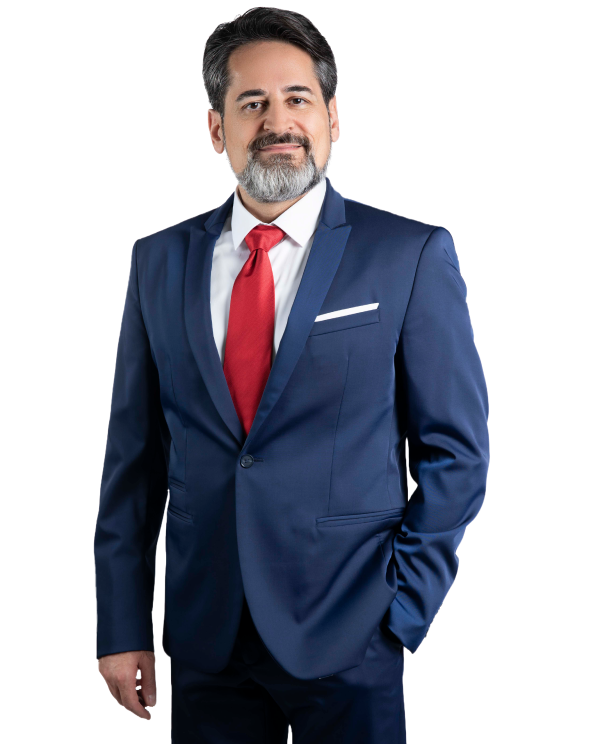
About DR. Ghorabi
Get to know/Meet Dr. Ghorabi.

Fellow of the American Academy of Facial Plastic and Reconstructive Surgery (AAFPRS) or a similar organization such as the American Society of Plastic Surgeons (ASPS).

Official member of the International Society of Plastic and Aesthetic Surgeons
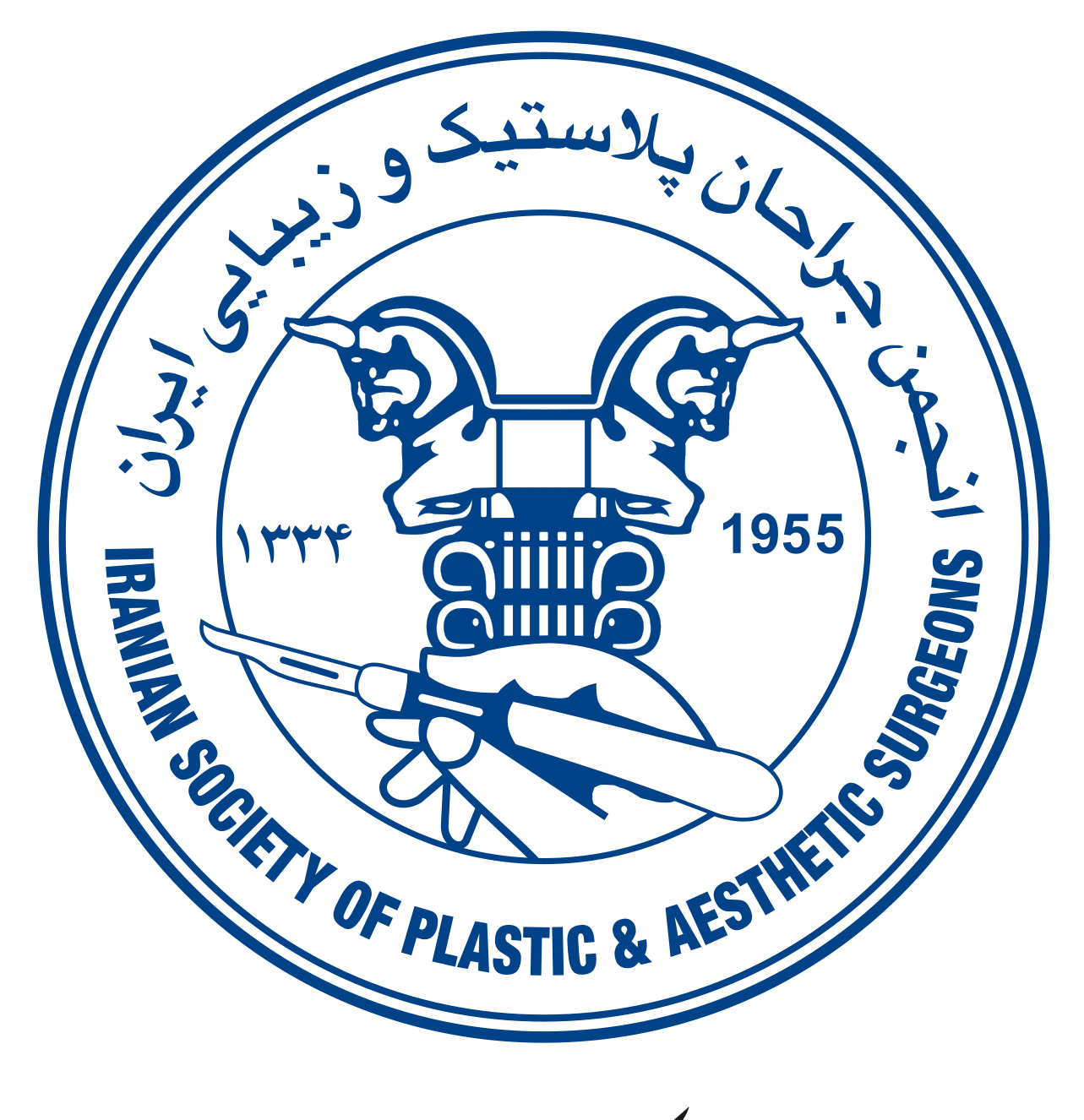
Official member of the Iranian Association of Plastic and Reconstructive Surgeons
FAQs
Who are suitable candidates for fat injection to the buttocks?
Individuals with good general health, stable weight, skin with good elasticity, and sufficient fat in other body areas for extraction.
How long is the recovery period after a buttock transfer?
Usually between 2 to 3 weeks; during this period, prolonged sitting and sleeping on your buttocks should be avoided.
How long do the results of fat injection to the buttocks last?
Results are usually long-term; however, a portion of the fat is absorbed, and in rare cases, re-transfer is needed.
What are the possible complications of fat injection to the buttocks?
Possible complications include swelling, bruising, infection, and in rare cases, fat embolism; these complications are usually temporary.
Is it possible to exercise after a fat transfer to the buttocks?
Yes, but you must avoid strenuous physical activities for at least 2 to 3 weeks until full recovery is achieved.
Do the results of fat transfer to the buttocks look natural?
Yes, because the individual’s own body fat is used, the results are usually natural and proportionate to the body.
